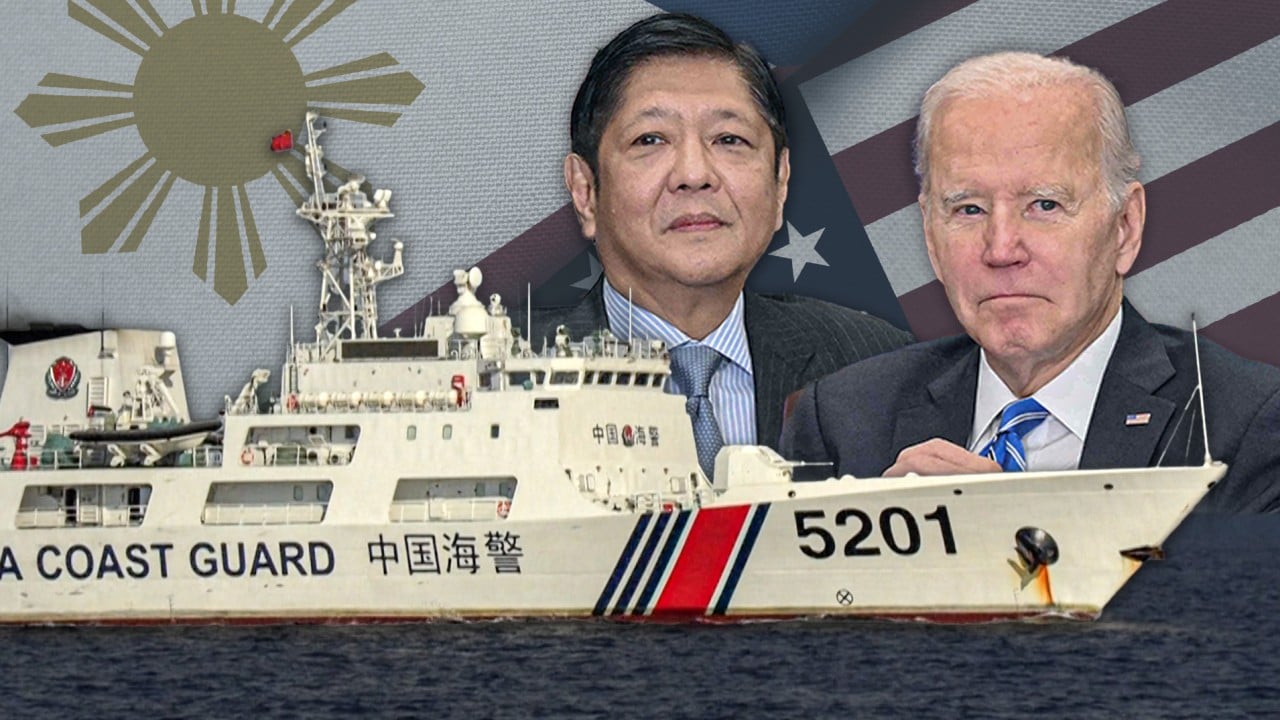The JAS 39 Gripen made by Swedish defence and aerospace company Saab is among the options the Philippines is considering for the new fighter jets, along with the F-16 produced by American firm Lockheed Martin.
Swedish ambassador to the Philippines Annika Thunborg proposed the sale of up to a dozen Gripens to Manila when she met Defence Minister Gilberto Teodoro Jnr in August.
A fourth-generation single-engine and multi-role fighter jet, the Gripen has been exported to five countries – Brazil, the Czech Republic, Hungary, South Africa and Thailand – since it was introduced to the Swedish Air Force in 1996.
Modernising the fleet would certainly help Manila to project air power over its claimed maritime zones in the South China Sea, according to Aaron Jed Rabena, a senior lecturer at the University of the Philippines’ Asian Centre.
Rabena said the Gripens offered “bang for the buck” as they were cheaper to acquire and maintain than F-16s. “Yet its specs and features are comparable to the F-16,” he said. “[It] is better than the current squadron of FA-50s in the Philippine Air Force’s inventory.”
Agust Börjesson, a research fellow with the Asia programme at Stockholm-based think tank the Institute for Security and Development Policy (ISDP), said Swedish manufacturers like Saab could add significant capability and modernisation to the Philippine Air Force at a more modest price.
“The Asia-Pacific region is complex and prone to tensions, which naturally translates to a significant market potential among democratic partners in the region,” Börjesson said.
“Swedish manufacturers like Saab have reason to be optimistic that a Nato membership will bring opportunities among Nato allies and partners in the context of the alliance’s current focus on the Indo-Pacific.”
Sweden is among the European countries that have taken a relatively hawkish stand on China’s military activities in the Indo-Pacific region. Its foreign ministry last month described Beijing’s conduct towards Taiwan as “worrying” and said “threats of military violence are unacceptable”.
Filipino envoy says South China Sea is the ‘real flashpoint’ in Asia, not Taiwan
Filipino envoy says South China Sea is the ‘real flashpoint’ in Asia, not Taiwan
In China, after Sweden got the go-ahead to join Nato this week, state-run tabloid Global Times reported that the security situation in Europe would become “more complicated and unstable”, citing Chinese analysts.
Zsuzsa Anna Ferenczy, an assistant professor at National Dong Hwa University in Taiwan, said that response indicated that China “sees Europe through the lens of its strategic rivalry with the US”.
“In reality, Beijing wants to protect its trade with EU member states and slow down Europe’s de-risking agenda, so it will not risk alienating its European partners,” Ferenczy said.
Mirna Galic, a senior policy analyst on China and East Asia at the US Institute of Peace, said being a Nato member could help Sweden to facilitate contact with the alliance’s Indo-Pacific partners to “coordinate on the conventional weapons supply chain or other arms issues”.
“China does not like to see the strengthening of US alliances, and since Nato has become more aware of security challenges that China poses for Nato, China has also become more wary,” Galic said.
Swedish arms contractors like Saab have already emerged as key players in the international arms trade, especially in the Indo-Pacific, where their activities will grow along with those of other Nato members, according to Jagannath Panda, head of the ISDP’s Stockholm Centre for South Asian and Indo-Pacific Affairs.
He said global politics was becoming more bipolar between the US and China and noted that Sweden would share a closer security undertaking with Washington and its allies as a Nato member.
“In other words, Sweden’s entry into Nato explains the fact that its relationship with China will never be in order,” Panda said.
“Since most of the Nato members perceive Russia as an enemy from the past and China as an enemy for the future, Sweden’s foreign policy will be drawn almost in a similar parallel fashion.”




